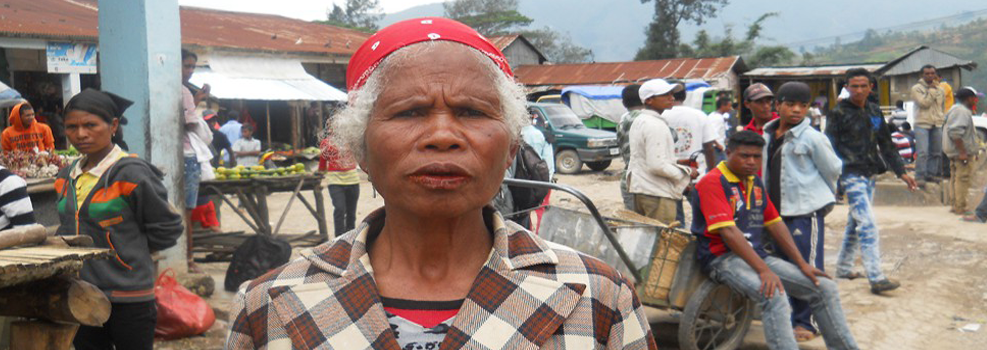Latest Articles
The Fehan Matrilineal Society of Timor-Leste (East Timor)
Fehan Society Believe in Buan (Sorcery)
The Traditional Belief Systems
The Origin of Fehan Tetun People in Suai.
Building Uma Tali - Palm Tree House in East Timor.
Matrilineal Marriage of Fehan Tetun Peopple in Suai.
Barlake written by Sara Niner.
Hakoi Mate - Death Ritual in Suai.
Mata Musan - Legacy of Deceased Family in Suai.
The Family Name of Fehan Tetun People in Suai.
Hamatak Halirin - the roles of water in Koba Lima, Suai by Sara Niner and Balthazar Kehi.
The Culture and Traditions of East Timor - Timor Leste
Timor-Leste is a heterogeneous country. It has many ethnicities with cultures, traditions, languages, and legends. These different ethnic groups reside in different parts of Timor-Leste. They have been here for a very long time, probably 40,000 years. They have lived and adapted to their environment and have stood up to outside invaders since they migrated to the island. Where did they come from? How did they get to Timor Island? Most anthropologists suggest that the Timirese ancestors migrated from various regions of Southeast Asia. Hence, the inhabitants of the island of Timor are a mixture of Austronesian, Malay, Papuan, and Polynesian origin.
The people of Timor-Leste speak many languages. There are approximately 32 languages in East Timor. Every region speaks its language. However, they use Tetun as their lingua franca, and the government of East Timor has adopted Tetun as their national and official language; everyone in East Timor speaks Tetun. The main linguistic groups I am familiar with are Tetun, Dawan, Bunak, Kemak, Mambae, Tokodede, Makasae, and Fataluku. .
There are a lot of legends and myths in Timorese society. The Timorese ancestors used legends and myths to tell stories about their origins and to understand Mother Earth. For example, the legend states that the island was created out of a crocodile because the shape of the island looks like a crocodile. They consider crocodiles to be their forebears.
Each ethnic group in East Timor has its own Uma Lulik, Uma Fukun, or Uma Adat (Sacred Houses)—an essential house to the Timorese people. The Lospalos Uma Adat is a symbol of the identity of East Timor; it represents the other Uma Lulik throughout Timor-Leste.
There are two kinds of marriage systems in East Timor. They are the hafoli system (dowry system) and the matrilineal system. The Hafoli system requires a bridegroom to pay the bride's parents some property. On the other hand, the matrilineal system requires nothing other than that the groom lives with the bride. The ethnic groups that follow the Hafoli marriage system, like the Dawan people, the Mambae people, the Bunak people, and others, live in the east of Timor-Leste. The matrilineal system is practised only by the people of Fehan Tetun in Suai and those of Betun in West Timor.

